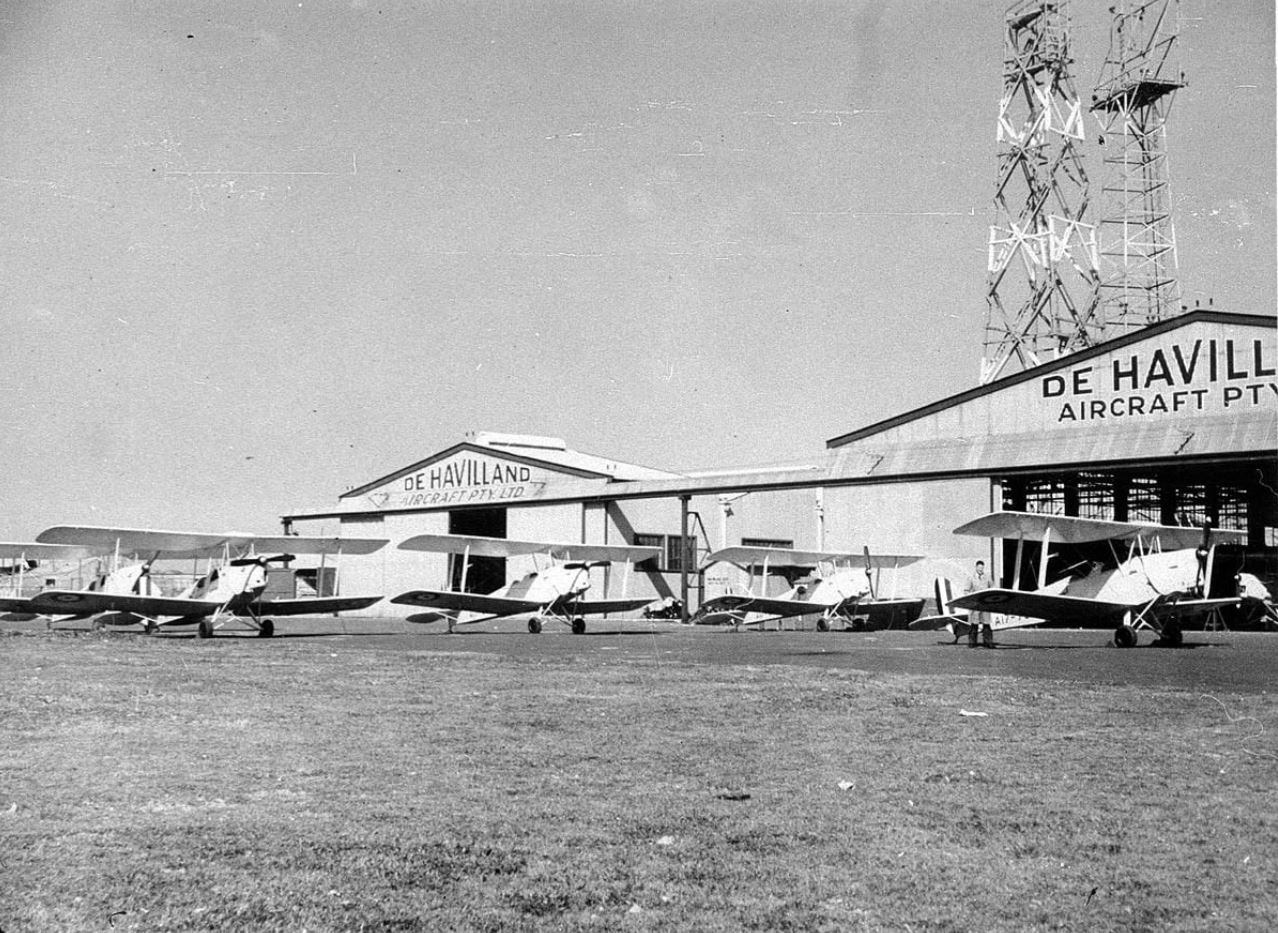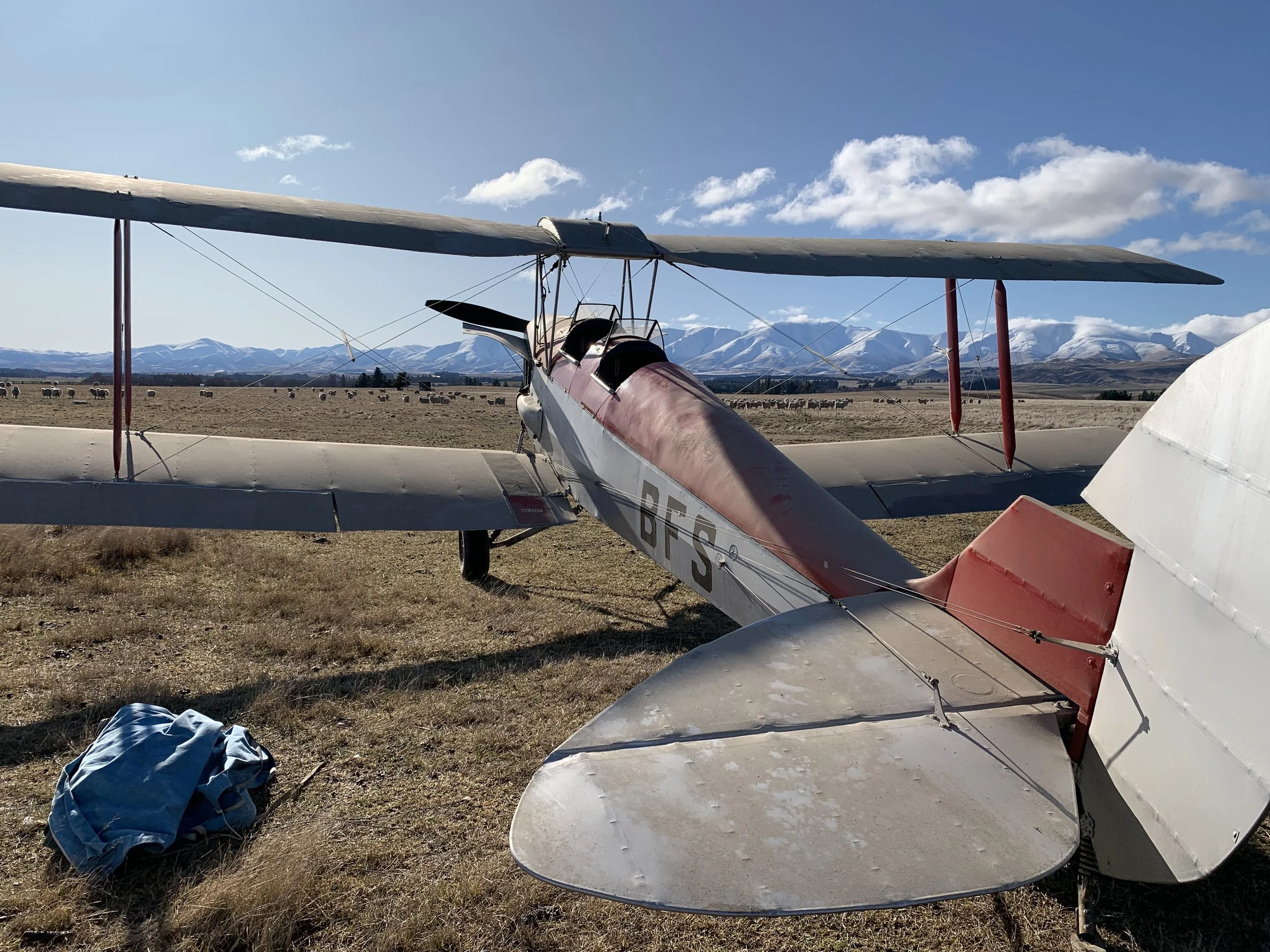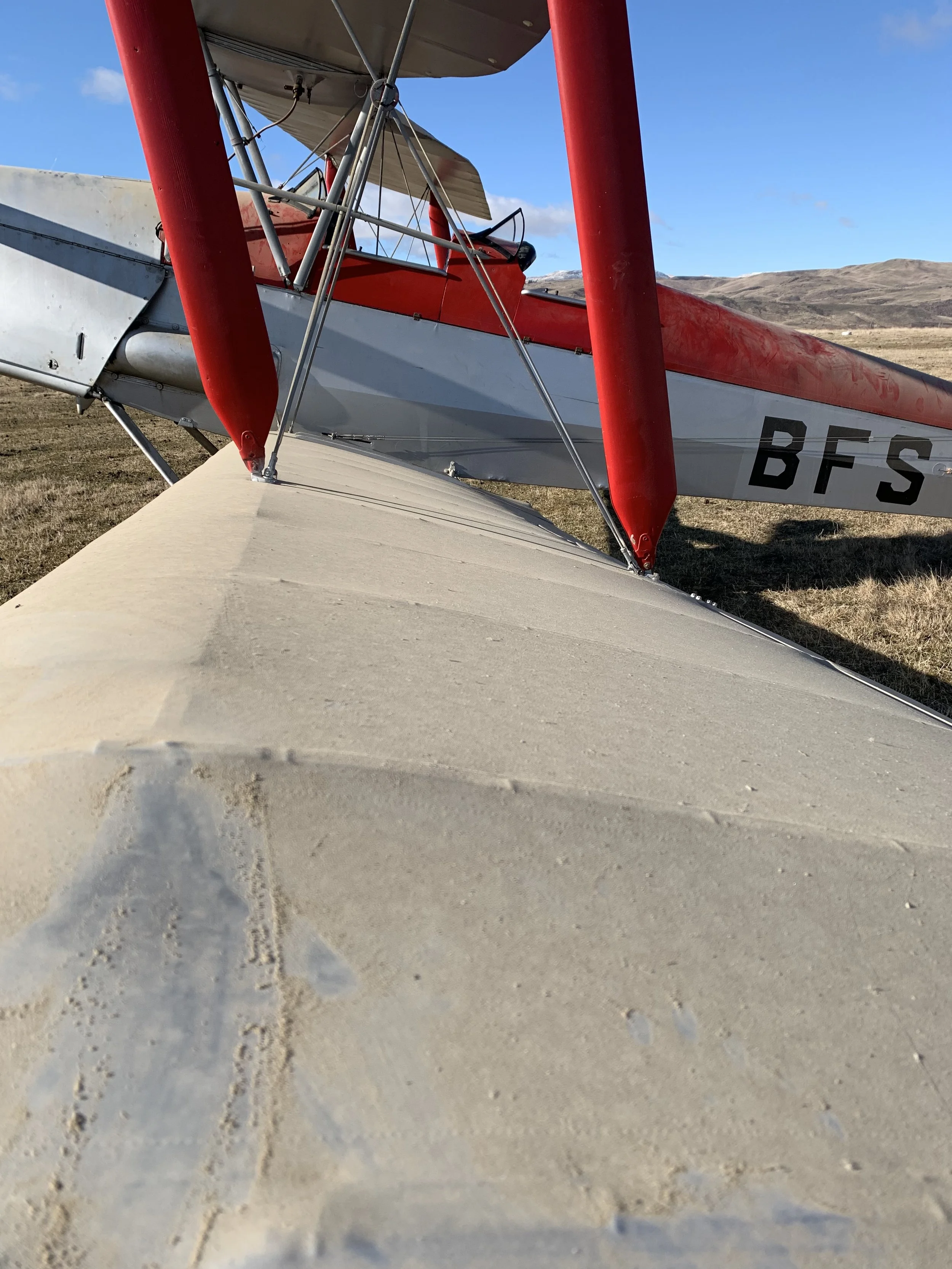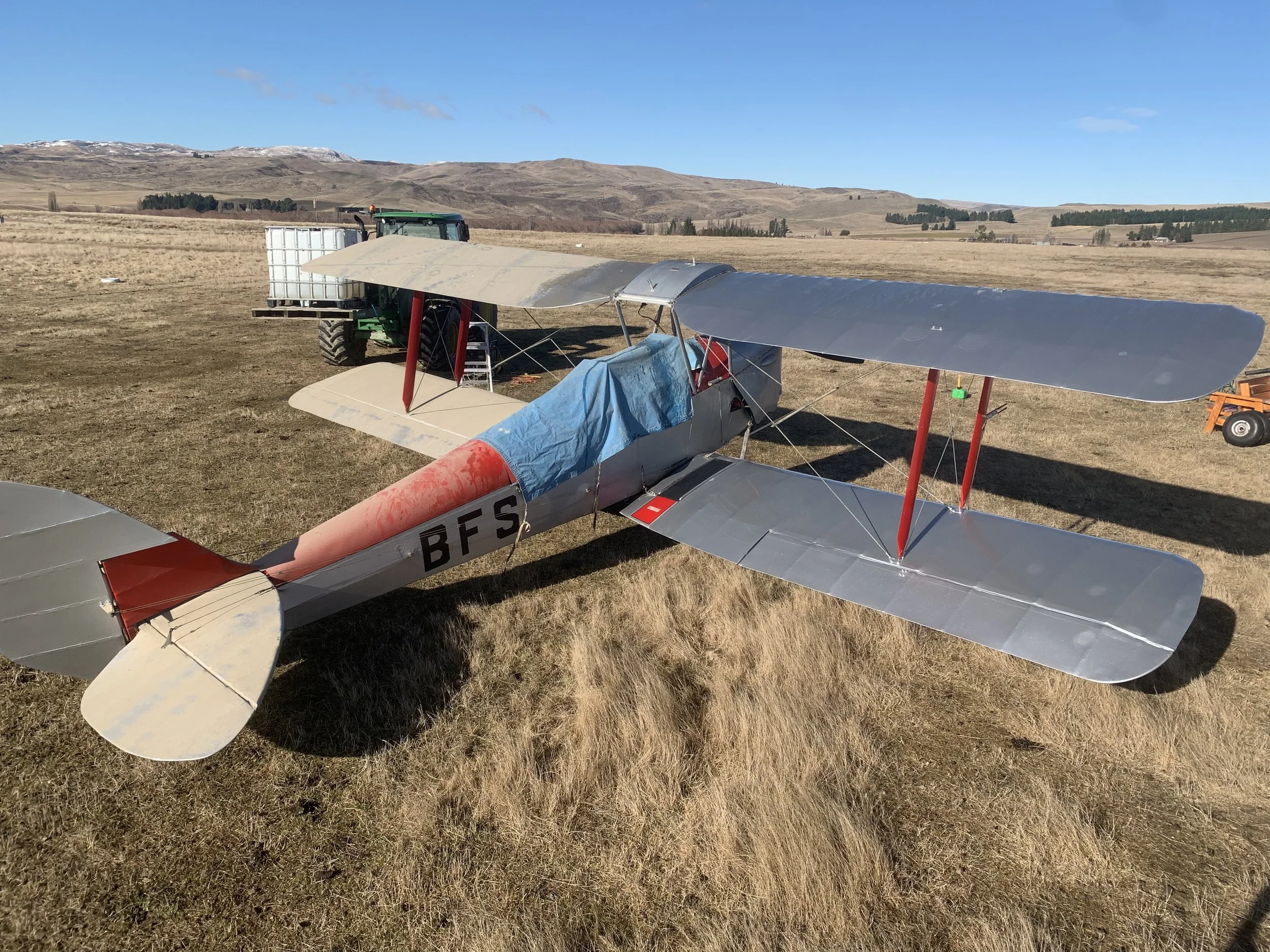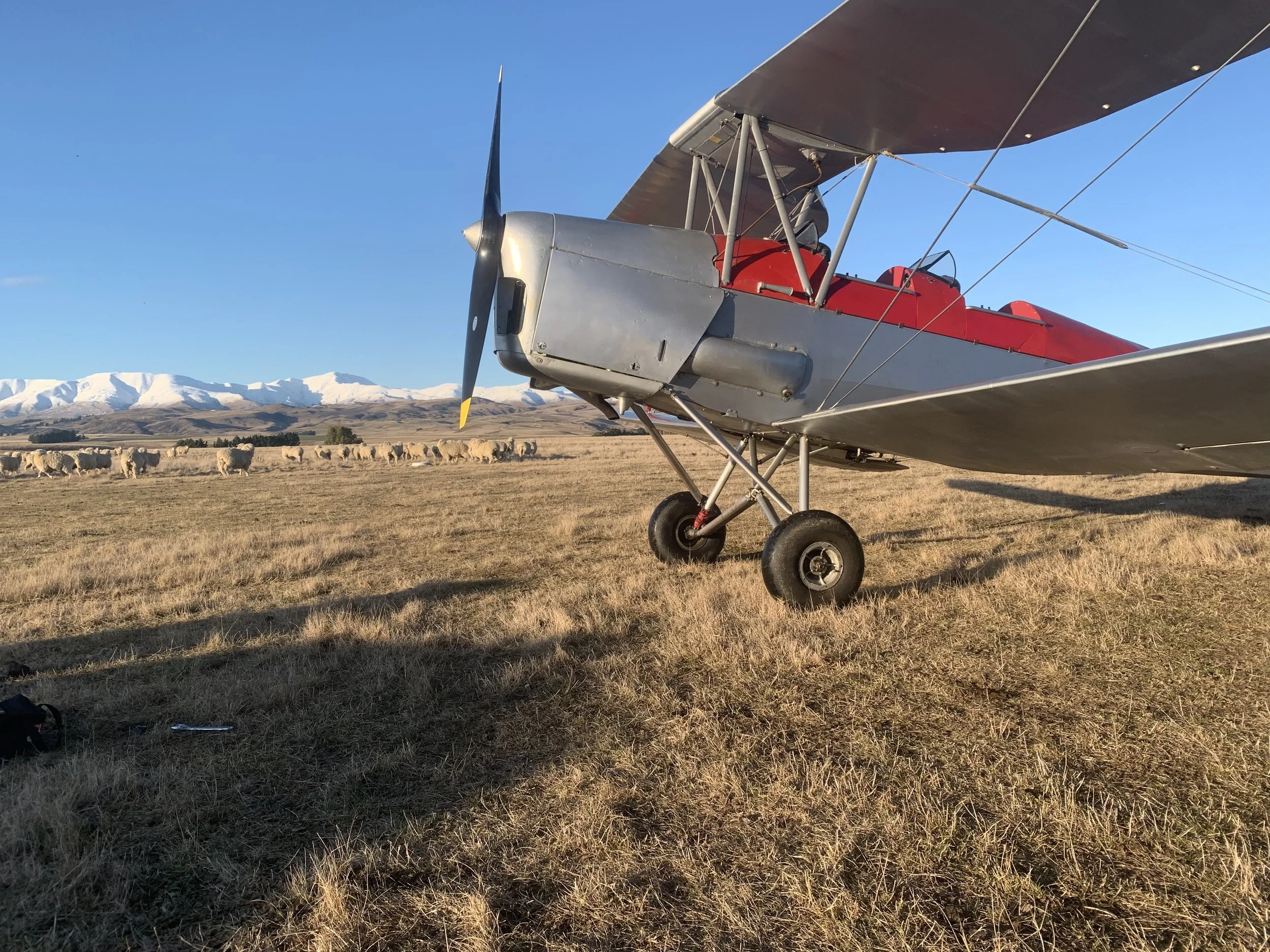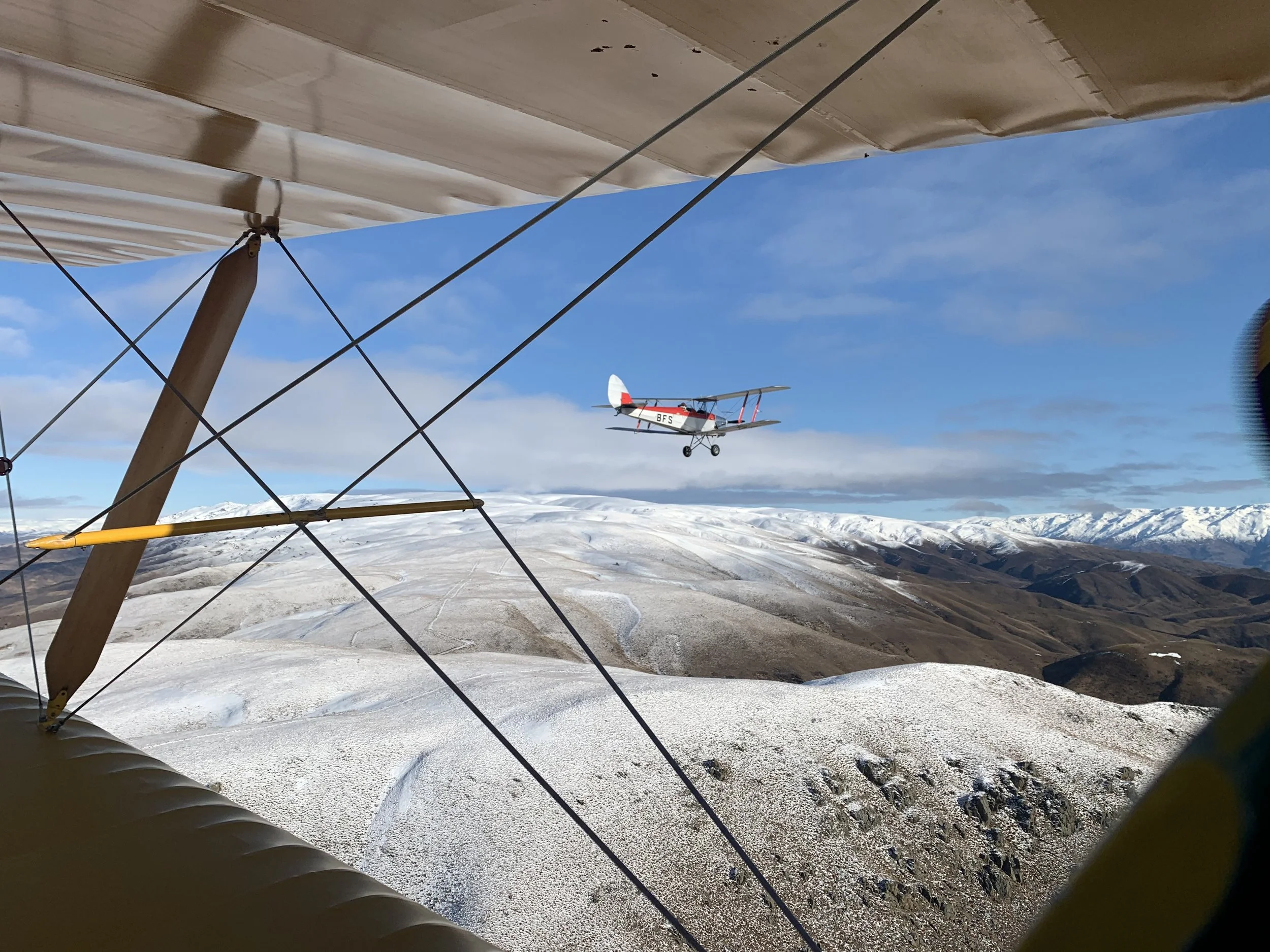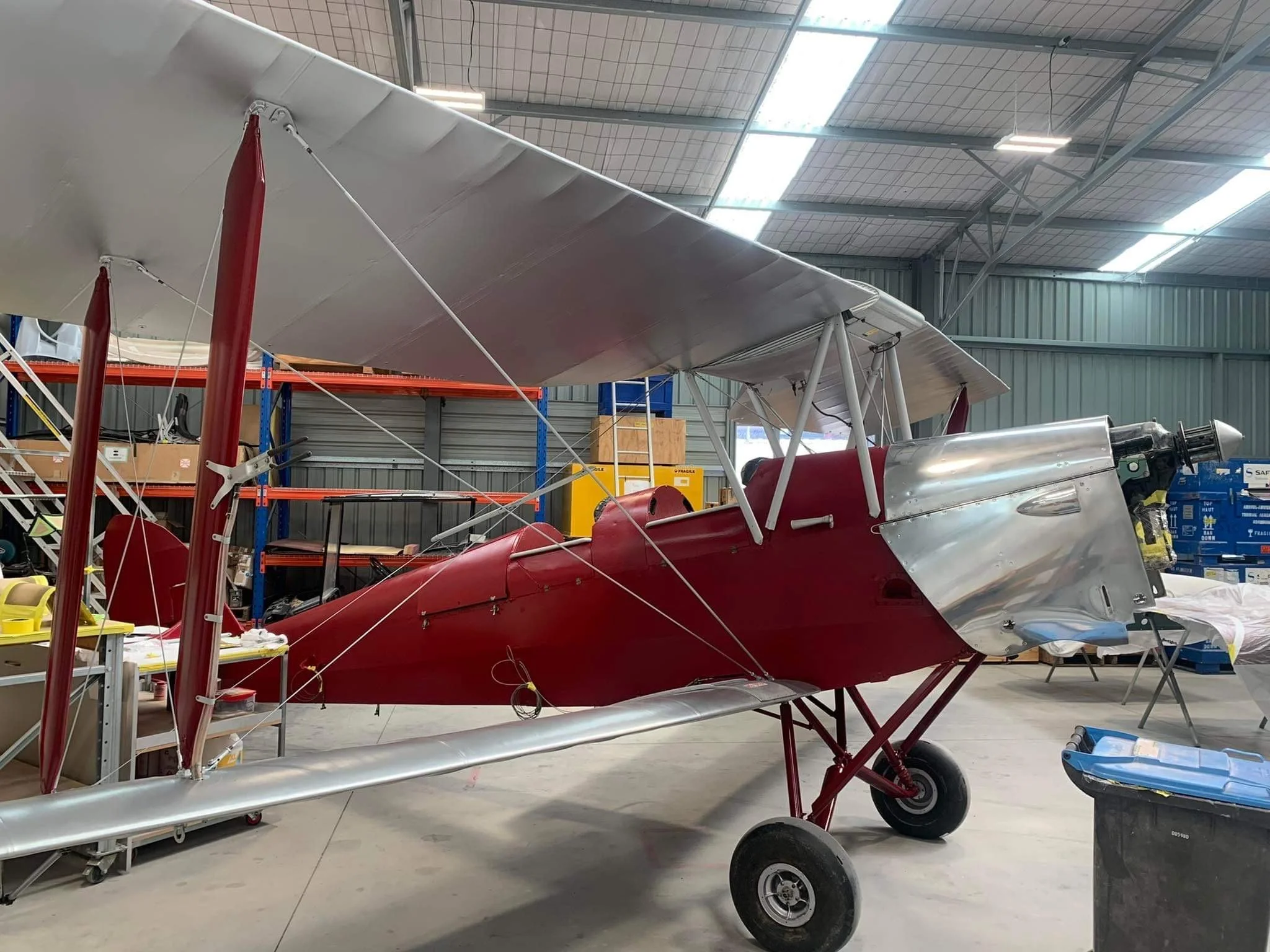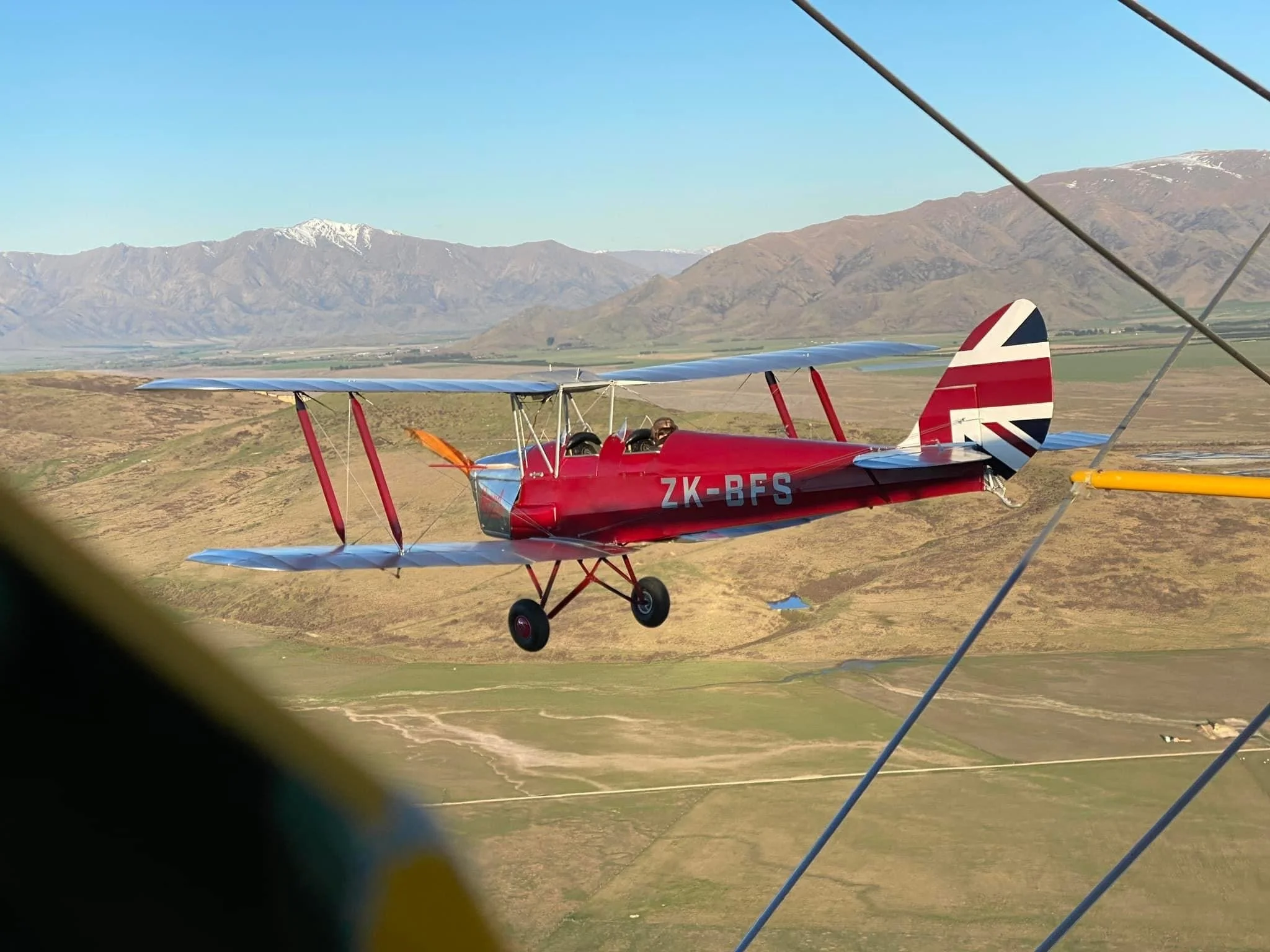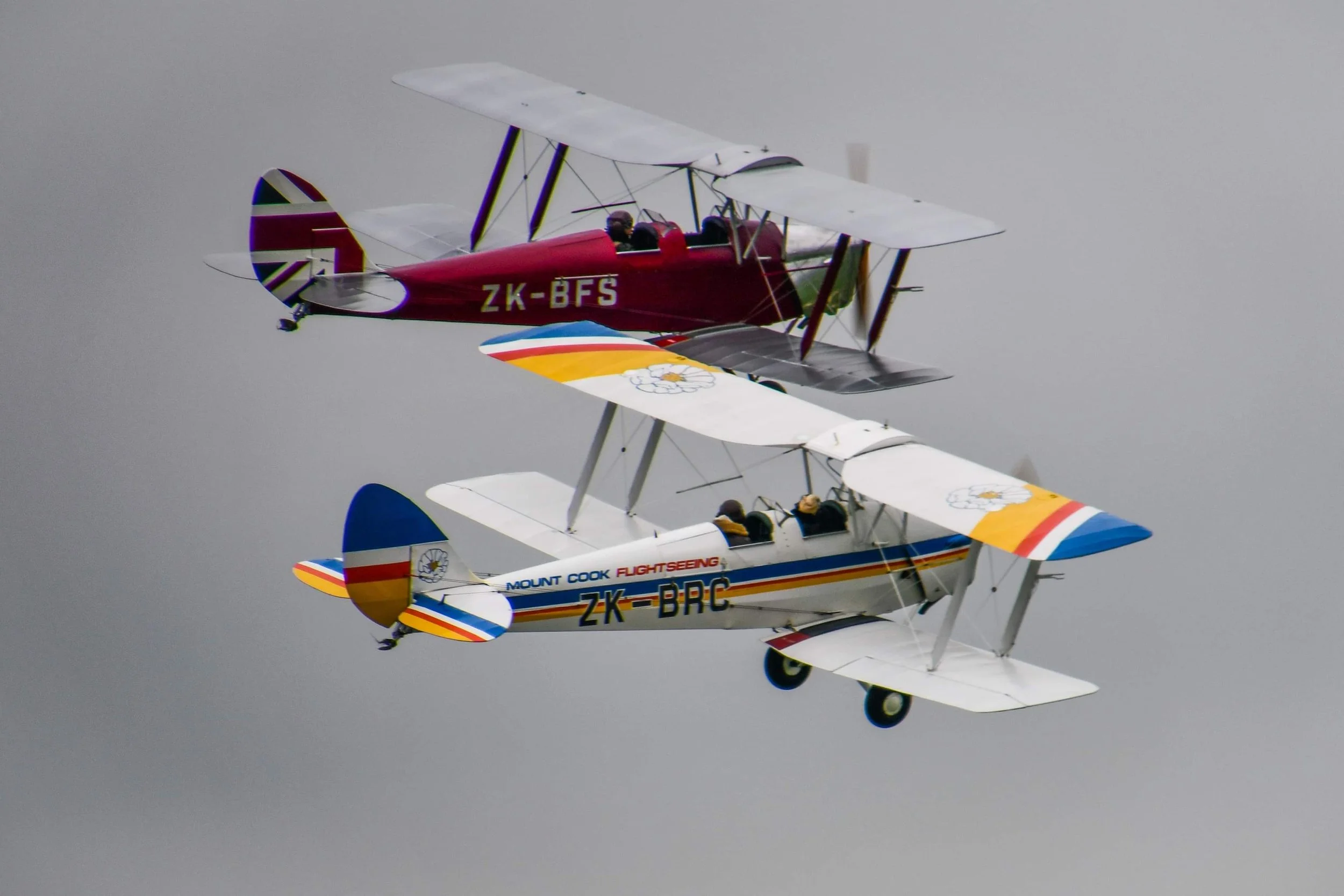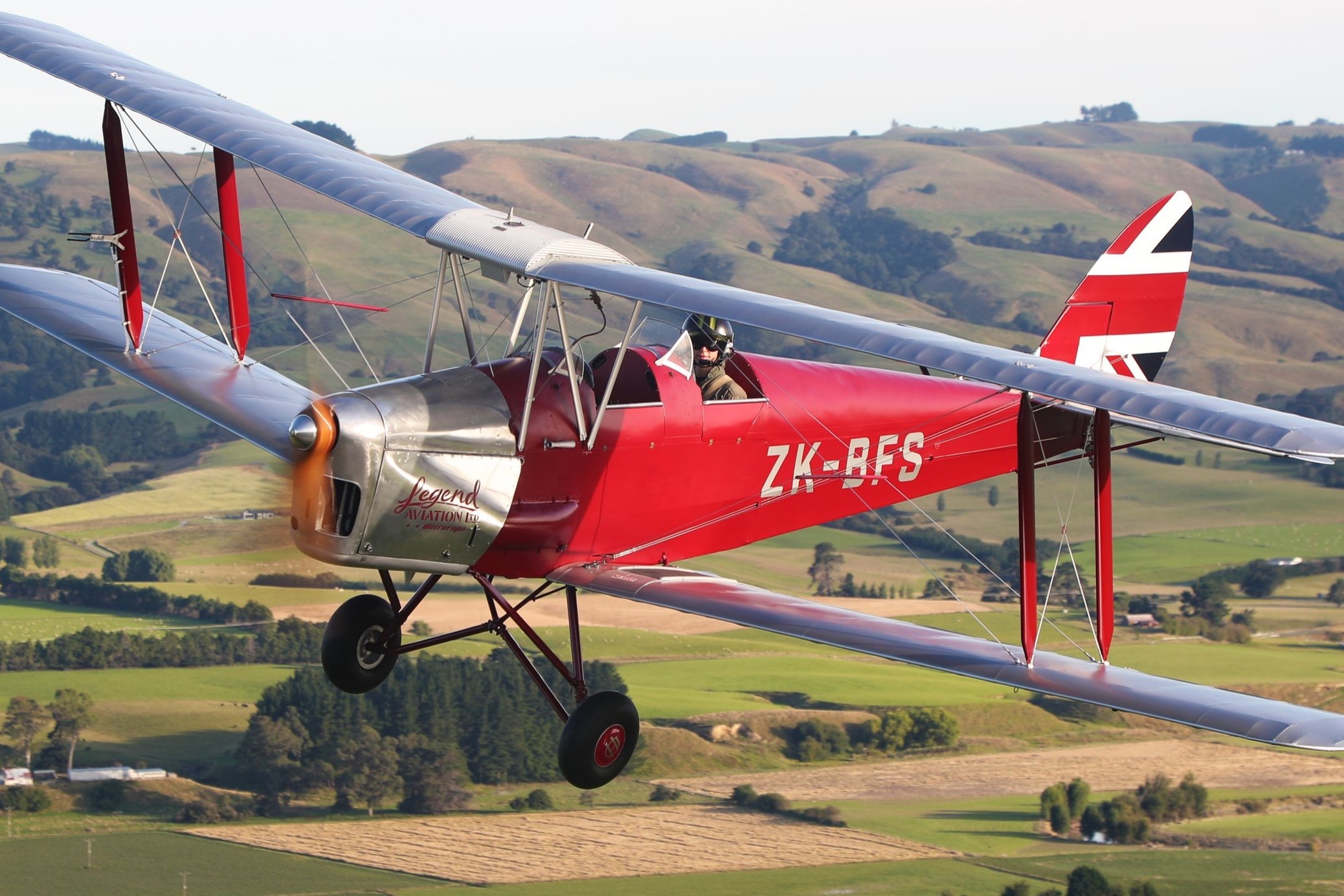
DE Havilland Tiger Moth
During WWII, the Tiger Moth served as a primary trainer for thousands of pilots. Setting the foundation of knowledge for students before they moved on to heavier, more complex trainers, fighters and bombers.
With over 8800 built between 1931 and 1945, they were widely utilised by most allied Air Forces.
“Easy to fly but difficult to fly well”
The RAF found the Tiger Moth’s handling qualities to be ideally suited for turning raw recruits into future fighter pilots. In the early stages of flight training, it was relatively gentle and predictable - docile in cruise, stable in turns, and forgiving of minor errors. It is not the type of aircraft that can easily ‘fly itself out of trouble’ - careless handling can quickly lead to a stall or a spin. Fortunately, spin in a Tiger Moth are generally benign, acting more as a humbling lesson than a death sentence.
Simply put, the Tiger Moth could be described as easy to fly but difficult to fly well. This made the type an ideal aircraft not just for instructing aspiring pilots, but also for identifying early on, those that would fall short of the skills needed for combat.
With the end of the war a significant number of Tiger Moths were sold off to Aeroclub, and private operators. In New Zealand the Tiger was the pioneering aircraft in our aerial application industry.
Many Tiger Moths remain airworthy around the world today, still incredibly popular amongst private operators to this day.
A HISTORY OF ZK-BFS
Built in 1940, ZK-BFS began her career in the UK as R4954, serving with the Royal Air Force at No.4 Elementary training school at RAF station Borough. After 2 short months she moved onto No.14 Elementary flying training school at RAF station Elmdon.
She held many roles during her career in the Royal Air Force, including abnitio instructor and glider tow.
In 1954, R4954 was shipped to New Zealand, becoming ZK-BFS.
During the 1950s, she briefly came under the ownership and operation of Robertson Air Service Ltd, a prominent aerial topdressing company based in Hamilton. While there's no evidence of her ever flying operationally as a topdresser, it's our belief that she may have served as a training aircraft for the company.
In the 1960s, she relocated to the South Island, passing through the hands of various owners, including the Brodie Family from Rangitata Island. During their ownership, she underwent a comprehensive rebuild by Eric Moffitt in Timaru. Subsequently, she was acquired by well-known helicopter pilot and warbird owner, Bill Reid during the 1980s before moving further south once again after being sold to John Matherson of Central Otago.
In 1998, she took her final flight, beginning a prolonged period of being stored in a hangar on the Ranfurly airstrip. After 24 years of accumulating dust, Legend Aviation seized the opportunity to purchase BFS and began the process of restoring her to airworthiness. Remarkably, she was found to be in excellent condition for her age, thanks to the favorable conditions of the dry Otago climate and the pitch-black hangar she was stored in.
Following a thorough inspection, a successful test flight, and after receiving a special ferry permit, the aircraft was flown to Wanaka. Over the course of three months, she was meticulously restored and given a new, eye-catching paint scheme that pays homage to her British roots and agricultural history.
Now affectionately known as 'Queenie,' she has rightfully earned her place as the Queen of our fleet.
To check out our various flight experience options please visit our Flight options page

